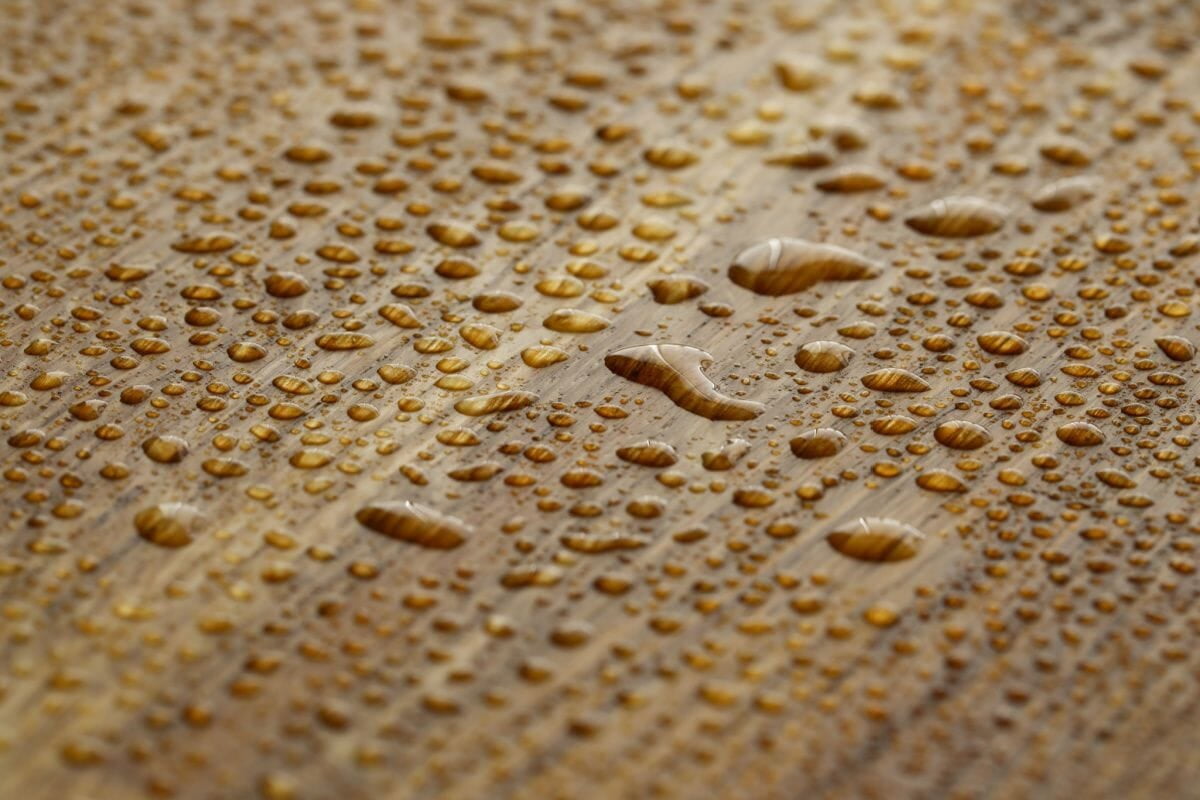
Acrylated cellulose derivative
Acrylation of cellulose acetate butyrate with N-(hydroxymethyl)acrylamide through a proprietary process yields a high molecular mass oligomer (56,000g/mol). The product, 'Jaylink', is a UV-curable cellulosic compound used as a reactive thickener and thixotrope for UV-curable formulations. Furthermore, Jaylink is noted as improving adhesion, tensile strength, toughness, gloss, solvent- and impact resistance. Its addition into photocuring systems leads to shorter cure times. The synthesis and ultimate application of Jaylink is considered tricky by the authors; agglomeration is the challenge in both the preparation and formulation of this compound. Limited solubility appears to be the sticking point.
Phenoxy resin
A phenoxy urethane acrylate resin (BRP) was accessed by reaction of polyhydroxyethers built from bisphenol A with toluene diisocyanate and 2-hydroxyethyl acrylate. The high-performance characteristics of BRP are largely attributed to the properties of original reactant backbone with acrylation occurring in the block side-chains, or else terminally. Adhesion to a diversity of substrates is among the most remarkable performance attributes and includes that to metals, alloys and plastics. Furthermore, very low shrinkage on curing and high chemical resistance is supported further with good flexibility. Clear coatings and hard adhesives are seen as major applications.
Targeting a matte oligomer
Nanoparticle clays may confer matting effects in cured coatings. Functionalisation of montmorillonite clay with a quaternary amine with both standard and novel acrylates offers a route to the development of matting oligomers (potentially useful in the wood coatings sector). A trifunctional urethane acrylate oligomer blended with tripropylene glycol diacrylate and a photoinitiator gave rise to an abrasion-resistant hard coating with a gloss measurement (60°) of 90 units. A corresponding formulation that incorporated the functionalised montmorillonite yielded a similar coating with a gloss measurement of 17 units. Additional matting agents e.g. fumed silica offer the prospect of achieving a completely dead flat matte finish, which would previously have been difficult to attain.
A cross-linking oligomer for dual cure
Catalytic synthesis of industrially-known polyallyl glycidyl ether XI-100 (in the Bomar laboratories termed BXI-100) was performed in the search for a crosslinking resin with a possible dual-cure mechanism. The pendant allylic functions on the oligomers include two weak C-H bonds that are susceptible to the insertion of aerial oxygen which gives rise to an unstable hydroperoxide function that decomposes into the simple hydroxyl radical and the more complex molecular alkoxyl radical that is capable of initiating dark polymerisation, making XI-100 amenable for use in the curing of shadowed areas, deep layers and pigmented layers of coatings uncured by UV light.
Potential applications include the refinishing of concrete and wood surfaces, automotive OEM coatings and topologically complex surfaces.
Dendritic acrylates
Esterification of hyperbranched polyether polyols with acrylic acid furnishes UV-curable dendritic acrylates (generically termed BDEs) that are spherical in nature and have very high degrees of carbon substitution that render them low viscosity. The research probed the results of esterifying mixtures of polyols (>50%) and trifunctional polyether polyols with mean functionalities of eight and 14 and they demonstrated high abrasion resistances and crosslink densities, while also offering some flexibility for a hard cured film.
Significant potential lies in these areas of star-shaped molecules as they offer low shrinkage properties. Furthermore the addition of low MW diluents reduces the viscosity further and therefore increases molecular mobility and degree of curing. The researchers also pursued the development of dendritic urethane acrylates but their synthesis proved difficult as the abundance of hydroxyl groups led only to gel formation.
Melamine acrylates
The synthesis of melamine acrylates (termed BMAs) culminated in an interesting and useful example 'BMA-222' which, it appears, is already used in furniture finishing. The authors reported that generally, melamine acrylate resins cured faster than urethane acrylate resins and required much lower photoinitiator concentrations (20 times lower). Drawbacks in employing melamine chemistry may include the odour and/or liberation of formaldehyde.
However, careful management of the curing system through catalyst selection and the incorporation of a proprietary base terminates reversible reactions and avoids the problems of formaldehyde release and potential gelation. Incorporation of a base into the end product also extends its shelf-life.
Acrylated poly(amide imide)
Aromatic polyimides are thermally stable compounds with good mechanical properties, and their processability can be improved by incorporation into other oligomers, some of which may be UV-curable. The authors prepared a novel polyimide oligomer through reaction of benzene-1,2,4,5-tetracarboxylic acid dianhydride (PMDA) with isophorone diisocyanate (IPDI) to give an imide oligomer with the chain structure (IPDI-PMDA-IPDI)n, terminated with industrially available caprolactone acrylate. Caprolactone acrylate contains a reactive hydroxy group that reacts further, eventually leading to polyamide fragments, hence the resulting mixture contains acrylated polyamide and polyimide oligomers.
Key applications may be pigment wetting and grinding and uses in offset and screen-print ink applications.